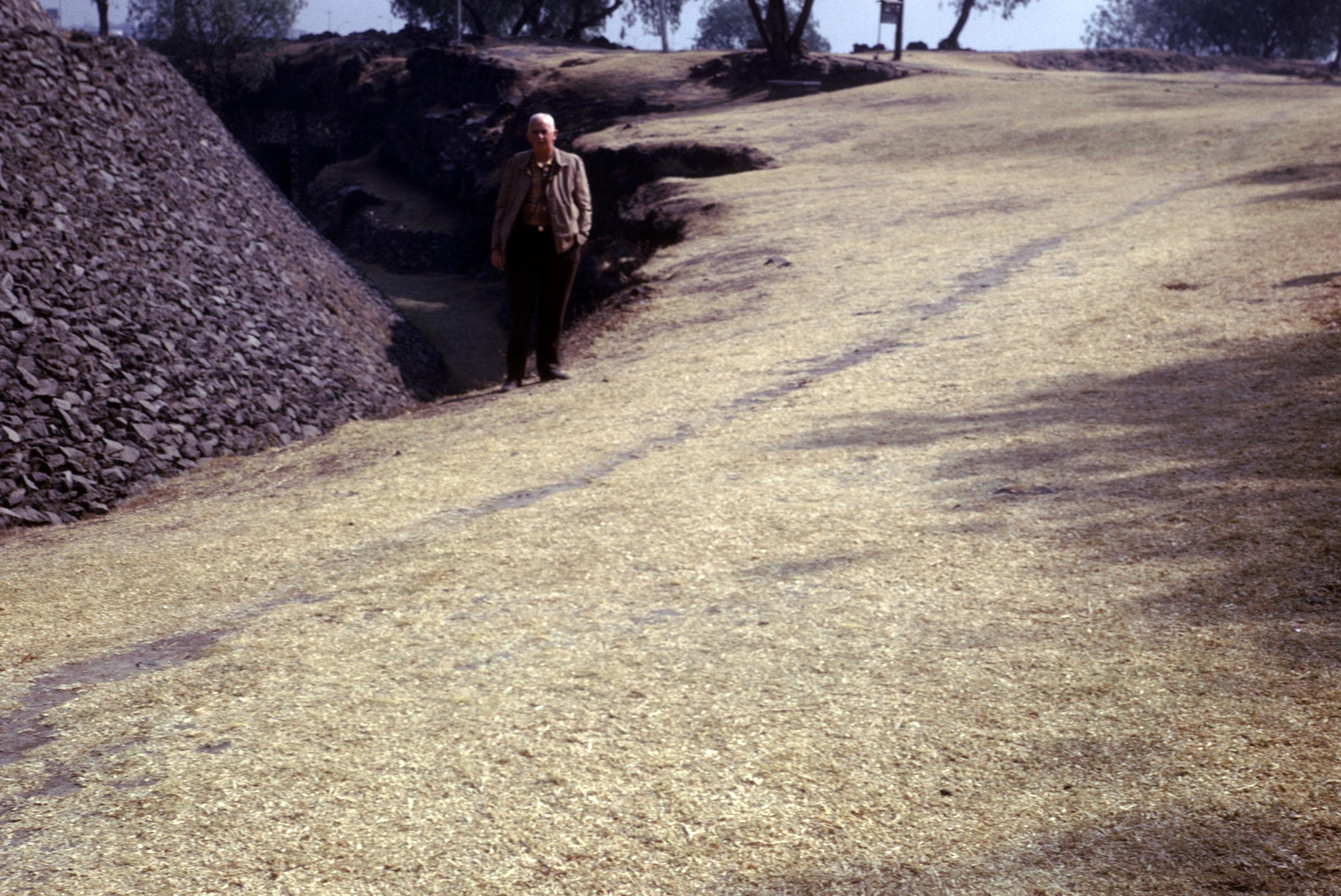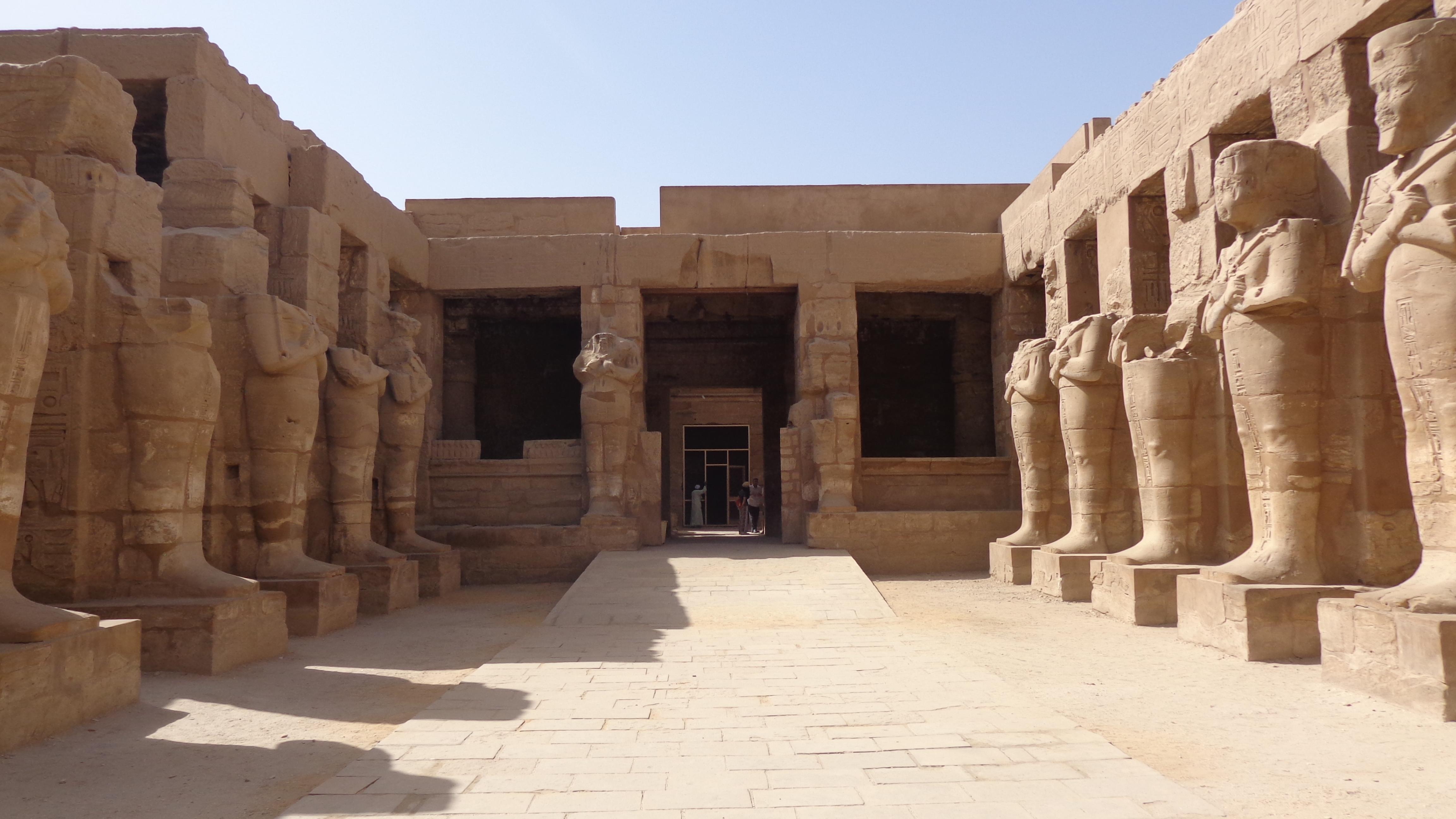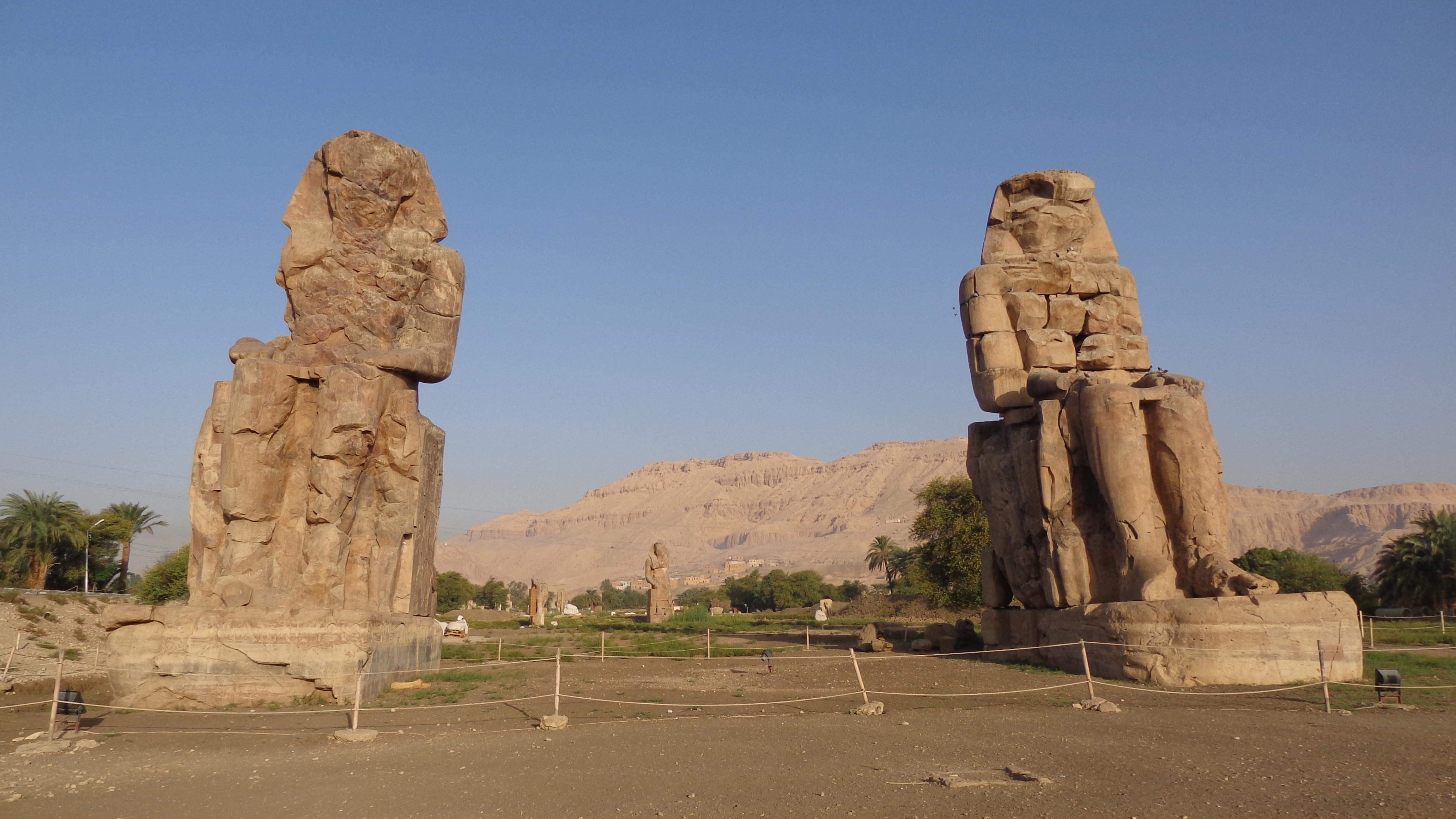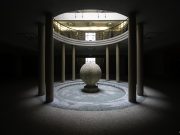In the vast and diverse tapestry of Africa, where landscapes range from sweeping deserts to lush rainforests, a collection of monumental treasures stands as silent witnesses to the continent’s rich and complex history. These iconic structures, etched into the land like chapters in a grand narrative, tell stories of ancient civilizations, colonial encounters, and the enduring spirit of diverse cultures. From the towering pyramids of Egypt, with their enigmatic allure, to the intricate rock-hewn churches of Ethiopia, each monument is a testament to human ingenuity, ambition, and resilience. This article delves into the history behind Africa’s most iconic monuments, exploring the mysteries they hold and the legacies they have left behind. Join us on a journey through time, as we uncover the stories carved in stone and celebrate the enduring heritage of a continent whose history is as vast and varied as its landscape. Sphinx“>
Sphinx“>
Unveiling Ancient Marvels from the Pyramids to the Sphinx
Deep within the sands of Egypt, the majestic pyramids stand as timeless guardians of ancient secrets, casting long shadows across the desert landscape. These monumental structures, built as tombs for pharaohs, encapsulate the ingenuity and spiritual fervor of a civilization that reached astonishing heights. The Great Pyramid of Giza, an architectural marvel of the ancient world, is not just a testament to human endeavor but also a symbol of the enduring quest for immortality. Each stone block, meticulously placed, whispers tales of rituals and beliefs that defined an era.
Nearby, the enigmatic Sphinx gazes eternally towards the horizon, its leonine body and human face stirring imaginations and prompting endless debate. The Sphinx, shrouded in mystery, is believed to embody the strength of a lion and the wisdom of a king, possibly representing Pharaoh Khafre. As you explore these iconic monuments, consider the following intriguing aspects:
- Alignment with the Stars: The pyramids are aligned with the Orion constellation, symbolizing a celestial journey.
- Engineering Feats: The construction methods remain a subject of fascination, showcasing advanced ancient engineering skills.
- Symbolic Significance: Both the pyramids and the Sphinx reflect the Egyptians’ deep connection with their gods and the afterlife.
These ancient marvels, etched in the annals of history, continue to inspire awe and wonder, reminding us of the rich tapestry of human civilization that flourished along the Nile.

Architectural Narratives Woven into Africas Cultural Tapestry
Across the vast and varied landscapes of Africa, architectural marvels stand as testaments to the continent’s rich history and cultural diversity. Each monument tells a story, capturing the essence of the era in which it was built and reflecting the artistic prowess of its creators. Among these, the Great Mosque of Djenné rises majestically in Mali, a striking example of Sudano-Sahelian architecture. Constructed with sun-baked mud bricks, it embodies the harmonious blend of Islamic influences and indigenous building techniques. The mosque’s annual replastering festival, a community event, underscores the collective spirit and enduring traditions of the Djenné people.
- Rock-Hewn Churches of Lalibela: Carved directly into the rock, these Ethiopian churches are a feat of engineering and devotion. They symbolize the spiritual aspirations of King Lalibela and serve as pilgrimage sites to this day.
- The Pyramids of Giza: Iconic symbols of ancient Egypt, these structures reflect the grandeur and mystique of the pharaohs. They continue to inspire awe and intrigue, drawing visitors from around the world.
- Great Zimbabwe: Once the heart of a powerful kingdom, the stone ruins of Great Zimbabwe speak to a sophisticated society known for its trade networks and stone masonry.

Preservation Challenges and the Role of Modern Technology
As we delve into the history of Africa’s most iconic monuments, we uncover a tapestry of stories, cultures, and architectural brilliance that spans millennia. However, preserving these monumental testaments of human achievement poses significant challenges. Environmental factors, such as extreme weather conditions, erosion, and the relentless encroachment of urban development, constantly threaten their integrity. Additionally, political instability and insufficient funding for preservation efforts exacerbate these vulnerabilities, often leaving these historic treasures in peril.
In this landscape of challenges, modern technology emerges as a beacon of hope, offering innovative solutions to safeguard these relics of the past. Through the application of advanced technologies, such as 3D scanning and digital archiving, preservationists can create accurate replicas and digital records that ensure the monuments’ stories are not lost to time. Other technological advancements include:
- Drone surveillance for real-time monitoring and documentation of structural changes.
- Augmented reality experiences that allow global audiences to engage with these sites virtually, raising awareness and fostering international support.
- Material science innovations to develop conservation materials that withstand environmental stressors.
These tools not only enhance our ability to preserve but also to educate and inspire future generations, ensuring that the grandeur of Africa’s iconic monuments continues to captivate and inform the world.
Visiting Tips for Exploring Africas Monumental Heritage
Embarking on a journey to uncover Africa’s rich monumental heritage is an adventure of a lifetime. To make the most of your exploration, consider these insightful tips. First and foremost, immerse yourself in local culture; understanding the traditions and stories of the communities surrounding these landmarks can enrich your experience. Hiring a knowledgeable guide is invaluable, offering not only historical context but also fascinating anecdotes that you won’t find in guidebooks.
- Respect the sites: Many monuments are considered sacred, so be mindful of local customs and regulations.
- Visit during off-peak hours: Early mornings or late afternoons often provide a more serene experience and better lighting for photography.
- Engage with the locals: Conversations with residents can reveal hidden gems and perspectives about the monuments.
- Prepare for the climate: Africa’s diverse climates mean you should pack appropriately, whether it’s sun hats for the desert heat or rain gear for the tropical regions.
Lastly, consider supporting local artisans by purchasing handcrafted souvenirs, which not only provide a tangible memory of your visit but also contribute to the community’s economy. With these tips, you’re sure to create unforgettable memories while respecting and preserving the monumental heritage that Africa proudly showcases.
Future Outlook
As we draw the curtains on our journey through the annals of Africa’s most iconic monuments, we find ourselves standing at the crossroads of history and modernity. Each stone, each carving, and each towering edifice tells a story not just of kings and queens, but of the myriad hands that shaped them, the cultures that revered them, and the time that has both weathered and preserved them. From the ancient whispers of the pyramids to the enduring strength of the Great Zimbabwe, these monuments serve as timeless custodians of Africa’s rich and diverse heritage. They beckon us to explore not only the past but also to reflect on the future they inspire. As we leave these majestic structures behind, let us carry forward the lessons they impart and the stories they continue to unfold, ensuring that they remain not just relics of history, but vibrant beacons of cultural legacy for generations to come.
































